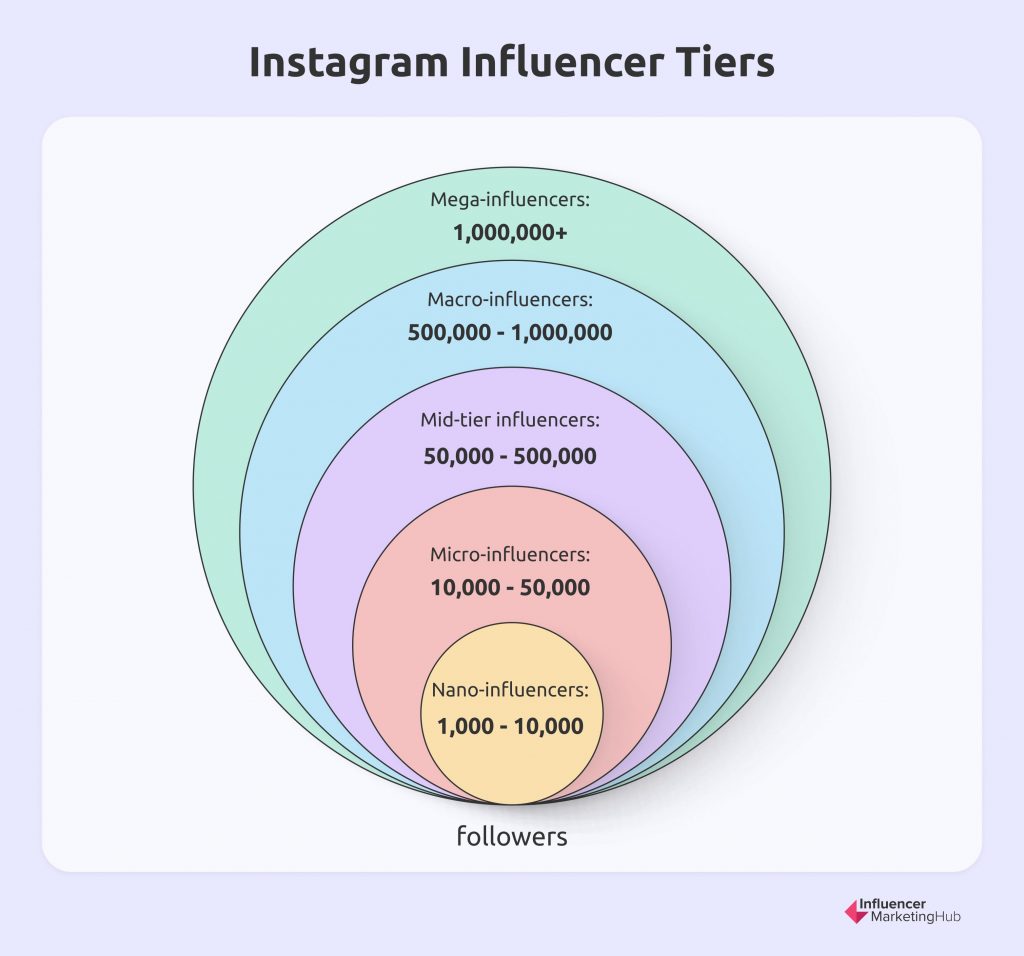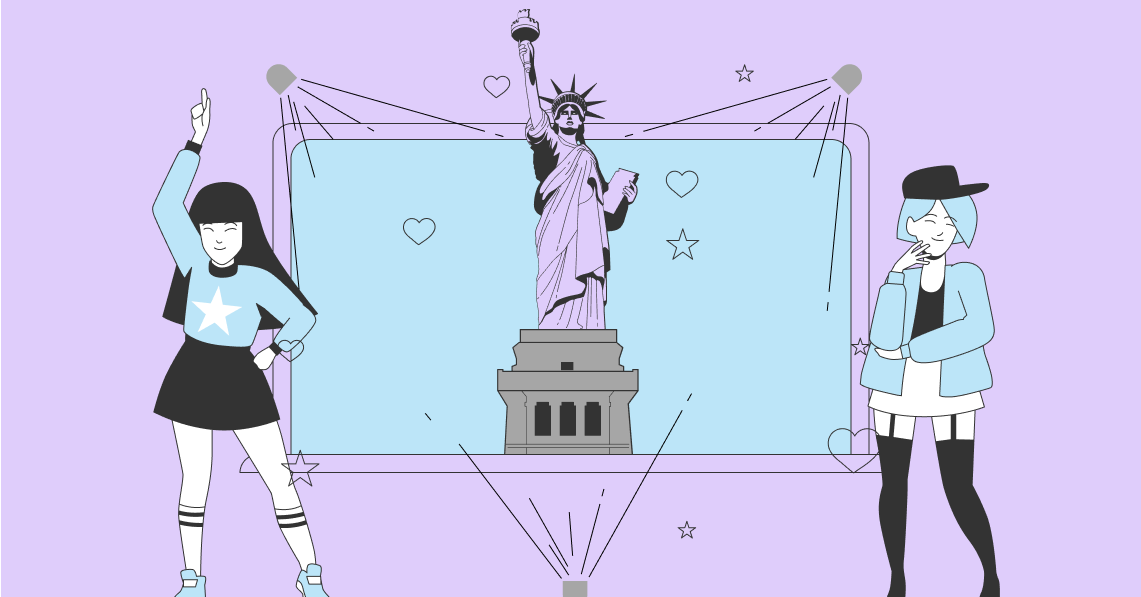There seems to be some debate about whether key opinion leaders (KOLs) and influencers are the same. After all, people recognize key opinion leaders for their knowledge, so therefore they should influence people’s decisions. And people clearly respect influencers enough for people to take notice of them, so presumably, influencers must be key opinion leaders to their followers.
The real answer is probably that some key opinion leaders are influencers, and some influencers are key opinion leaders, but not all would consider themselves both.
Key Opinion Leader - What are they and Why Should You Care?:
- What are Key Opinion Leaders (KOLs)?
- How Do Influencers Differ From Key Opinion Leaders?
- Many Key Opinion Leaders Become Mega or Macro-Influencers
- Key Opinion Leaders Work Full-Time. Influencers Spend Their Work Time Online.
- Influencers have a Ready-Made Audience for Influencer Marketing, KOLs Less So
- Sometimes Brands Can Help Turn Influencers into Key Opinion Leaders
- As Always, Brands Need to Begin a Campaign by Setting Goals
What are Key Opinion Leaders (KOLs)?
Wikipedia adds fuel to the fire, by defining a key opinion leader (KOL) as being “also known as an "influencer,” is a person or organization who has expert product knowledge and influence in a respective field. They are trusted by relevant interest groups and have significant effects on consumer behavior.”
However, there is one key difference between a key opinion leader and an influencer. In modern use, at least, influencers operate online, making their name and exerting their influence on social media, in blogs and on YouTube. There is no requirement that a key opinion leader operates on any online or social platform. They are merely the “go-to” people for their subject of expertise.
One of the most common places you encounter key opinion leaders is in traditional media. KOLs are the subject experts that the press calls in when they want a quote or credible soundbite about some current topical issue. For example, your local television news is likely to go to some KOL to give credibility and offer their opinions about some topical new issue. They could be a weather expert, somebody knowledgeable about gun control, a political pundit, or a university professor. The key is that they have developed a reputation for their knowledge on some specialist topic.
You regularly see KOLs making an appearance in court cases. Both the defense and the prosecution try to find some key opinion leader to support their argument. They then present the KOL to a jury as an expert witness – even if the opposition also uses a KOL with an opposing viewpoint.
How Do Influencers Differ From Key Opinion Leaders?
Influencers can be key opinion leaders and vice versa. However, there is no need for the two roles to overlap.
There have been key opinion leaders for virtually as long as humans could speak. Many key opinion leaders actively avoid the internet because they have little spare time to devote to it. Some consider social media a massive waste of their time. There is no requirement that KOLs to operate any social account or have any followers. They just need recognition for having expertise on a topic.
There are probably many small towns, where the local population unofficially treats their doctor as a KOL, just because of respect for his or her work. If people have health problems, they will immediately go to their GP for assistance. If the local paper wants to know the effect of some local medical issue, they too will unquestionably go to the doctor for advice.
Similarly, many university professors are accorded KOL status by virtue of their title. If somebody wants advice on the importance of a newly unearthed historical artifact, they will often go to the local History Professor for assistance and a soundbite.
Of course, no one saying that KOLs can’t spend time online, and gain influence. Many authors have followed that route. Stephen King clearly is a key opinion leader when it comes to horror writing. He made his name offline, by writing extremely popular novels. He has also made a name for himself amongst aspiring writers because of his seminal “how to write” book On Writing. Yet, that doesn’t mean he isn’t also an influencer. Stephen King has 5.15 million followers to his Twitter account, tweets regularly, and engages with his followers.
Another key difference between most key opinion leaders and influencers is one of geography. If somebody is accepted as being a KOL (and they don’t double up as an online influencer) their fame and recognition is probably restricted to a particular area. It may be a small town, a city, a state, or even a nation. The internet has no bounds, however. If people recognize you as being an influencer, you probably have fans across the entire globe.
An exception to this global differentiation, though, is with key opinion leaders who gained much of their fame on television. Like the internet, TV shows play across the world. So somebody like Gordon Ramsey, famous for his cooking shows (and almost as much for his colorful language) is renowned from the United States, to New Zealand and everywhere in-between where his shows play.
Many Key Opinion Leaders Become Mega or Macro-Influencers
As we have discussed in previous posts, there is a range of different influencer types, depending on the number of followers they have. While the definitions appear to be fluid, a current view is that there are now five tiers of influencer:
- Nano-influencers: 1,000 - 10,000 followers
- Micro-influencers: 10,000 - 50,000 followers
- Mid-tier influencers: 50,000 - 500,000 followers
- Macro-influencers: 500,000 - 1,000,000 followers
- Mega-influencers: 1,000,000+ followers
Most successful online influencers tend to be micro- and mid-tier influencers, although nano-influencers are gaining popularity in really specialist niches.
However, people who have already made their name offline as key opinion leaders often become macro- or mega-influencers if they choose to operate social media accounts. As we referred to above, Stephen King’s Twitter account definitely places him in the mega-influencer category. Gordon Ramsay, with 6.93 million Twitter followers, along with 5.9 million on Instagram, also fit this category.
While brands traditionally opted to work with celebrities and mega-influencers, they faced a few challenges. Firstly, famous people tend to charge a lot for their posts. Kylie Jenner and Kim Kardashian have reportedly charged upwards of $250,000 for a single post. Secondly, these key opinion leaders have far less engagement with their followers than specialist online influencers do. Gordon Ramsay, for instance, may upload tantalizing images of excellently prepared food, and make a comment as he makes the post, but he appears to reply to others’ comments on his images rarely. Let’s face it, he’s a busy man, running businesses, making television shows, and rescuing restaurants that are near collapse. He hasn’t the time to fully manage a busy Instagram account
Key Opinion Leaders Work Full-Time. Influencers Spend Their Work Time Online.
Ultimately, one of the main differences between a key opinion leader and a genuine social influencer is how the person spends his/her time. Sure, both have to be highly knowledge base about a subject. They’re both topic experts. Yet, for most influencers, social media/blogging/YouTubing is their full-time job. They specialize in disseminating the message about their topic of expertise.
Key opinion leaders, on the other hand, spend the bulk of their time participating in their area of expertise. It is the doing, rather than the telling that they specialize in. They may spend some time on social media, but it is their spare time. They are not going to devote all day to build up their following, creating YouTube videos, or constructing the perfect post. They are far more likely to spend their day, cooking, writing horror novels, or acting as a Hollywood socialite (all right, the boundary is blurrier for people like the Kardashians and Jenners).
Influencers are expert communicators – it is one of their specialties, as much as they are knowledgeable about some niche or special topic. In many ways, influencers are like teachers. They have mastered the craft of explaining their specialist knowledge to their online audience. Although key opinion leaders need some communications skills, particularly if they are to appear credible on media such as television or radio, they usually don’t need to place as much emphasis on it as their online counterparts.
Influencers have a Ready-Made Audience for Influencer Marketing, KOLs Less So
A common mistake brands that are new to influencer marketing make often is to equate success with the number of followers somebody has. They think that the more followers somebody has, the more influential they must be. The logical next step from this thinking would be to assume that any business would gain their most significant marketing success by working with the people with the most followers whom they could afford within their marketing budget.
If you followed this assumption through to its logical conclusion, it would mean that all large, successful businesses would work with celebrities and other key opinion leaders. Small businesses and failing larger ones would have to limit themselves to working with micro- and nano-influencers.
However, as we have seen in other articles on the Influencer Marketing Hub that is not how the influencer marketing industry works. Many of the best and most successful campaigns have involved relative no-name influencers, best known to a group of passionate fans. Some of the most expensive marketing failures have involved celebrities promoting products that they would never use in their daily life, or that seem to contradict their usual image. The regularly panned Kylie Jenner Pepsi ad is a case in point.
While some KOLs may be happy to participate in a campaign, others may be less comfortable. University professors, for example, may feel that representing a particular brand would affect their impartiality.
While celebrities often have large social accounts with millions of followers, that doesn’t mean that the celebrity is necessarily active on their account. Often he or she may pay a personal assistant to run the account on their behalf. Sure, the account may be useful for promoting the celebrity’s activities, a musician’s upcoming gigs for instance, but it may not be suitable for promoting third party products. Also, these promotions tend to come across more like advertisements, because of the lack of enthusiastic engagement between the KOL and his/her audience.
Sometimes Brands Can Help Turn Influencers into Key Opinion Leaders
Many brands opt to work with micro-influencers, as they have some of the best engagement rates. This is particularly so in the more niche and arcane areas of knowledge. Over time, the fame of these influencers may grow, particularly if they become spokespeople for a brand over multiple campaigns.
As their online grows, people are more likely to ask them for advice and help, and often this expands to an offline setting. This could very easily make an online influencer the town expert on his or her topic of expertise, certainly outside major cities.
Some of today’s fashion designers began as influencers before they made the leap into the industry themselves. These include Natasha Oakley who had nearly 2 million followers when she set up Monday Swimwear. Similarly, Zoe Foster Blake made her name as an influencer before she set up fashion brand Skin & Threads. Danielle Bernstein successfully made the transition from blogger to designer with two brands Second Skin Overalls and Archive Shoes.
Some influencers have successfully made the transition to television. Perhaps, unsurprisingly, YouTubers have an advantage with this. Inc. reports successful social media influencers killing in TV include Franchesca Ramsey, Murray Newlands, Gary Vaynerchuk, Grace Helbig, Peter Shankman, Brian Solis, Tyler Oakley, and Adam Conover.
As Always, Brands Need to Begin a Campaign by Setting Goals
Every influencer marketing campaign should begin by the brand setting campaign goals. What are you trying to achieve with your influencer marketing? This will significantly affect the type of person you choose to work with to promote your campaign.
If you aim to promote awareness of a social cause affecting youth, and you have a sizeable budget, you may well benefit from working with high-level KOLs/celebrities such as Katy Perry or Justin Bieber. They speak to the youth you are trying to target. If your cause is important, enough Bieber or Perry might even mention it during a show, or in one of their media appearances. They are sure to refer to it in their social posts (and both have massive followings). Just be aware that their engagement rates are incredibly low.
However, if you were hoping to use influencer marketing to sell baby clothes to new mothers, using either of those superstars would be an incredibly expensive venture for the return you were likely to receive. If you were to spend that budget on hundreds or thousands of micro-influencers, who targeted the mommy market, you would probably be happier with your ultimate results.
Similarly, if you were a young horror writer, you undoubtedly love to receive an endorsement from Stephen King. However, he is unlikely to take money to give you a good review if your book isn’t particularly chilling. Moreover, if your book were that good, King would probably tweet enthusiastically about it free, anyway



